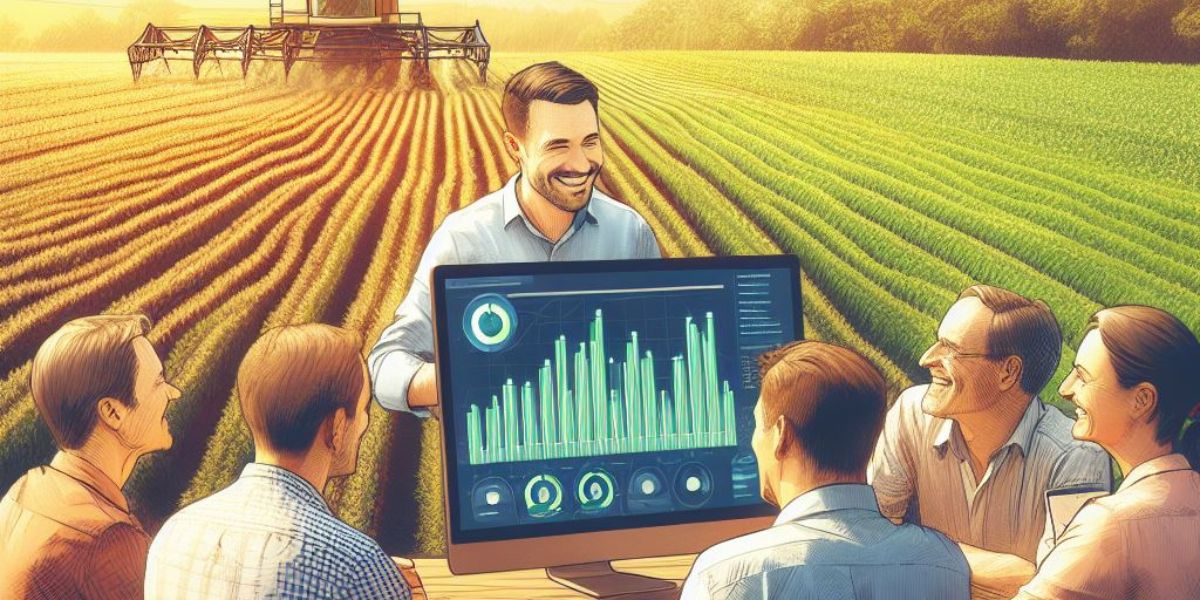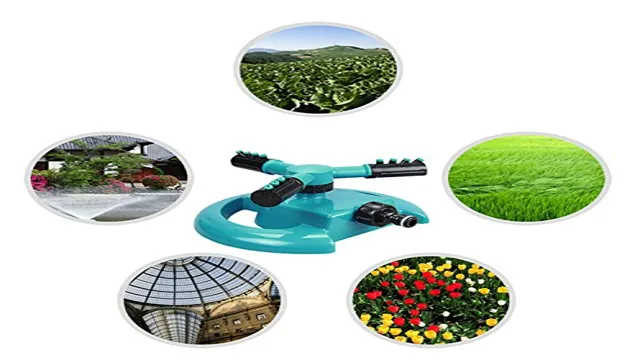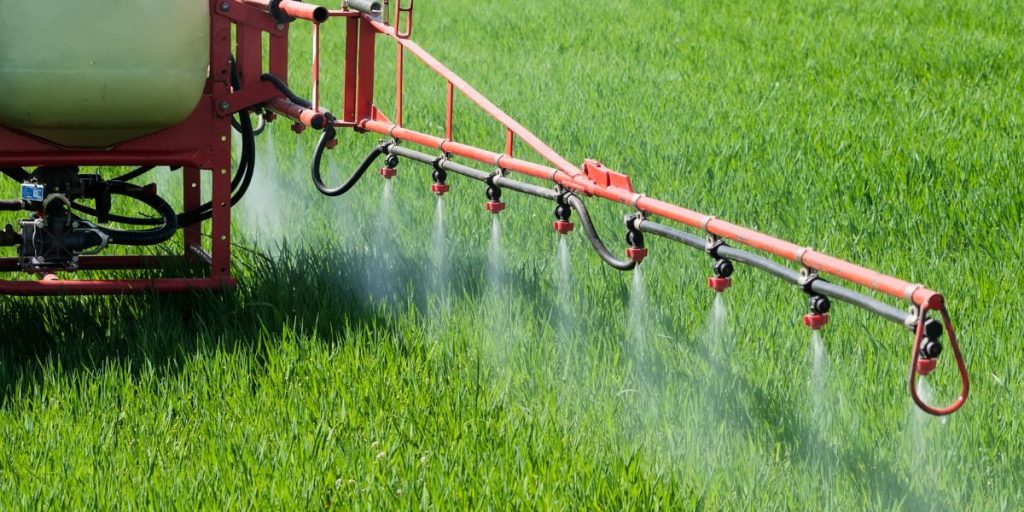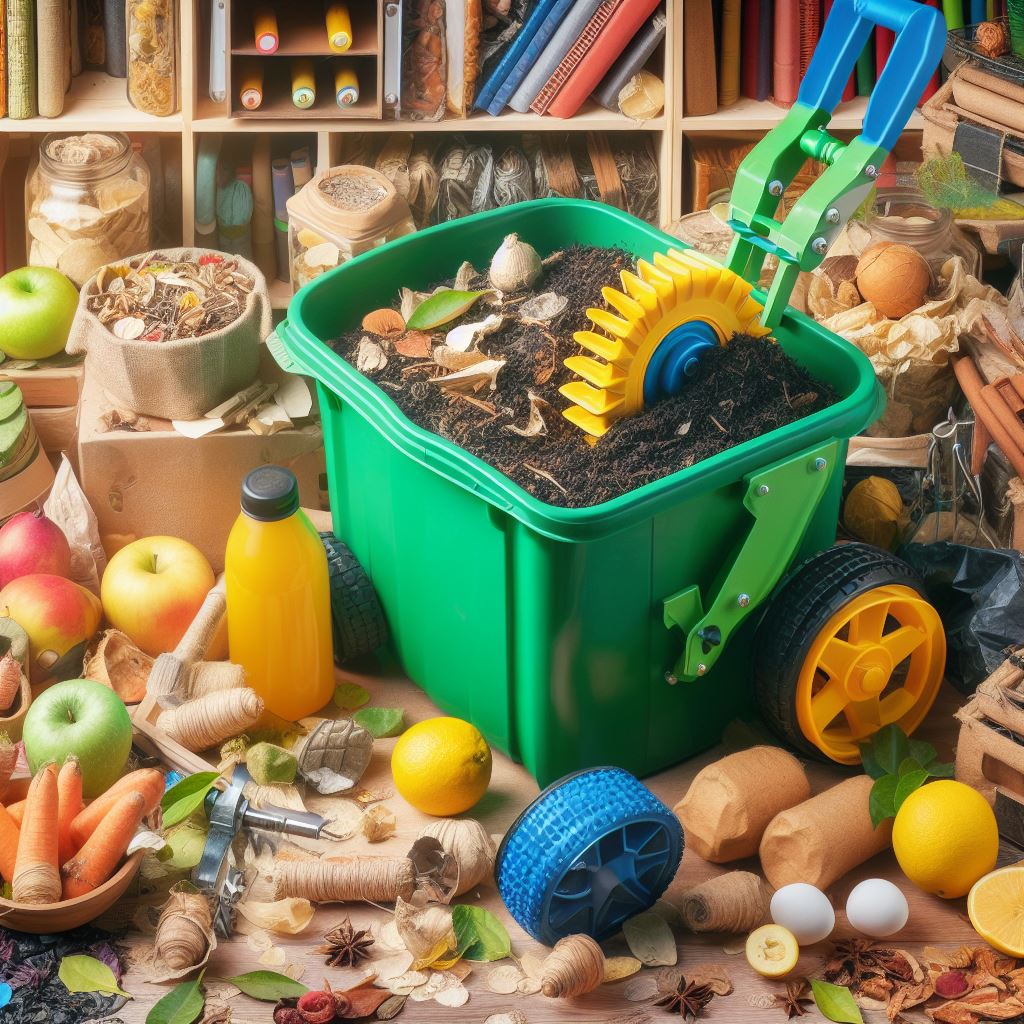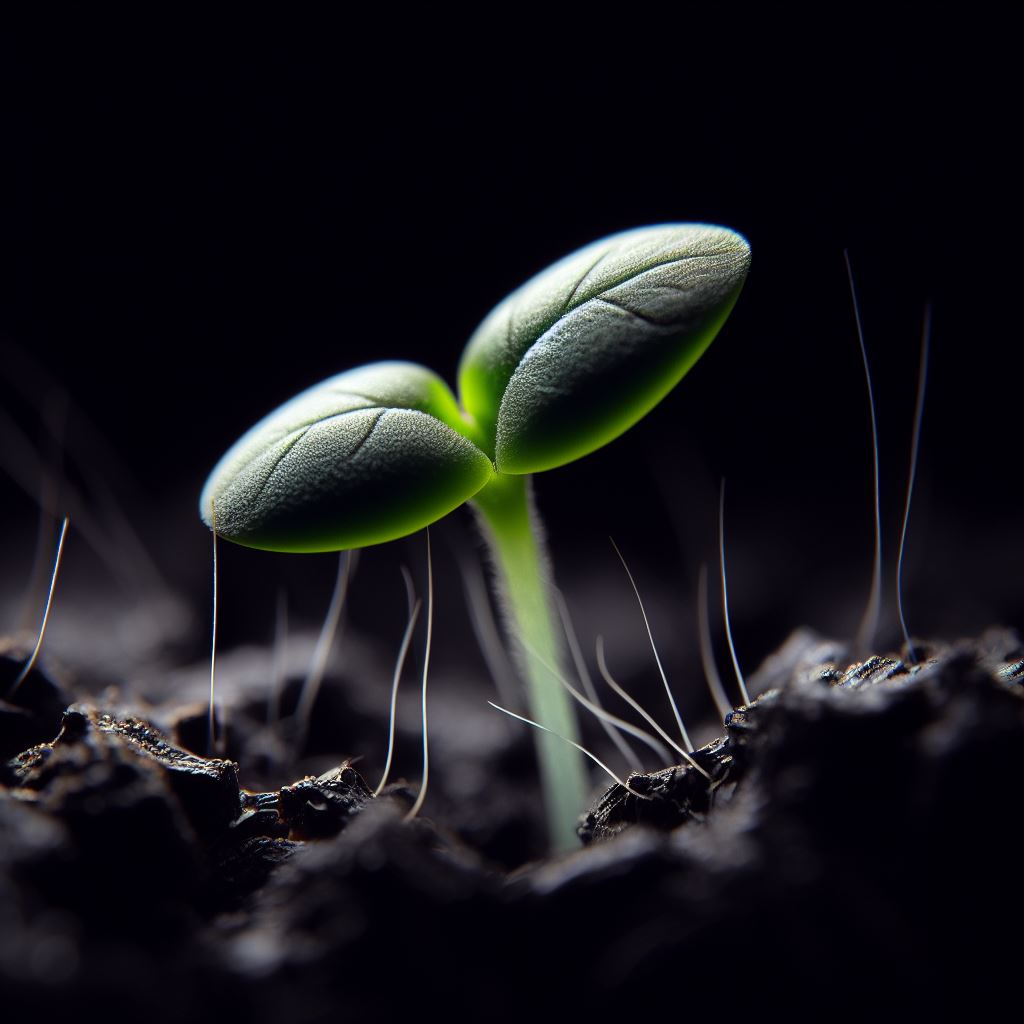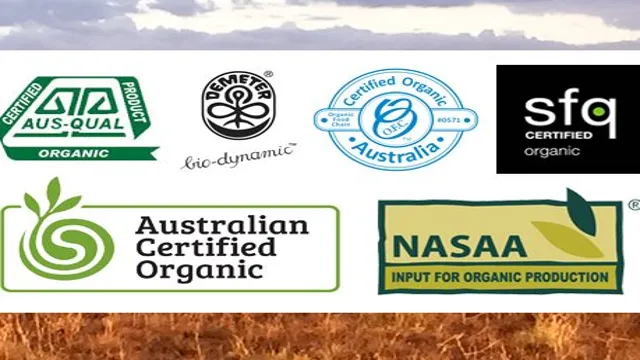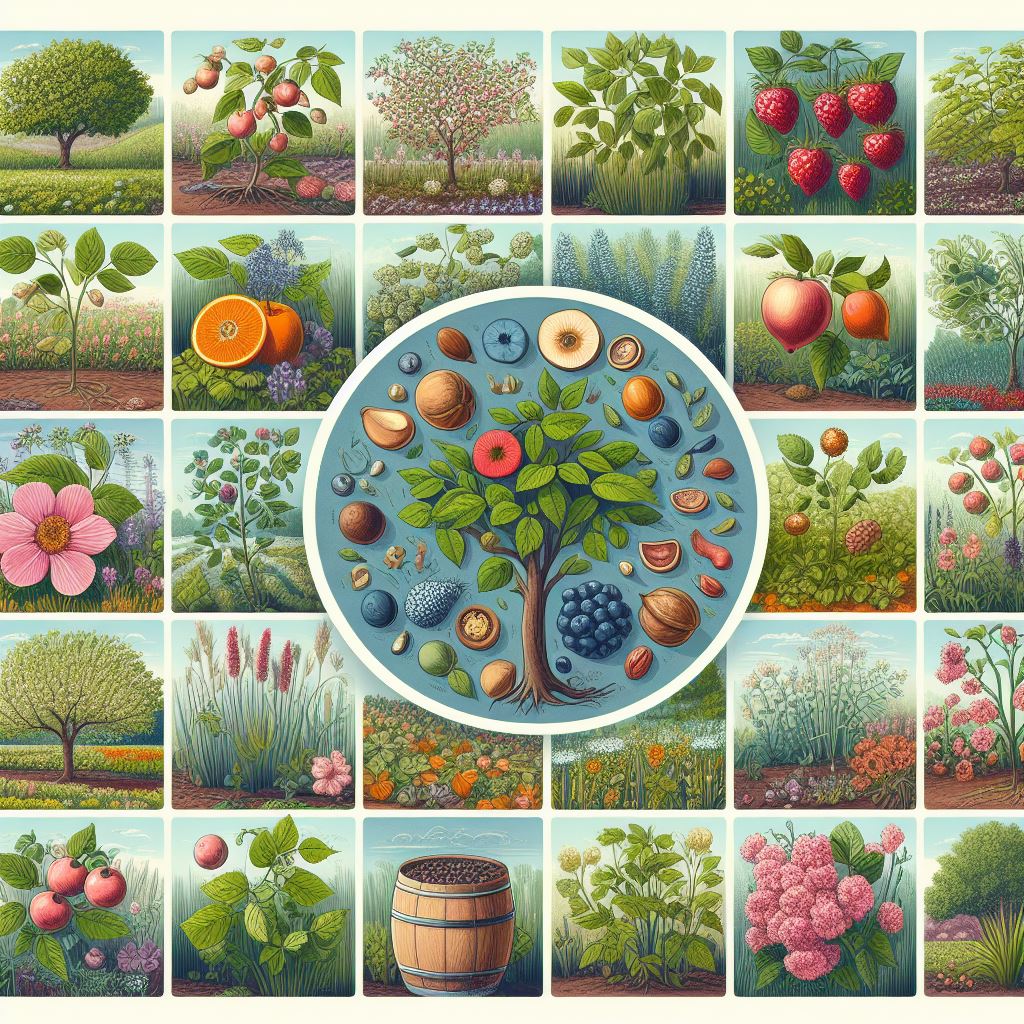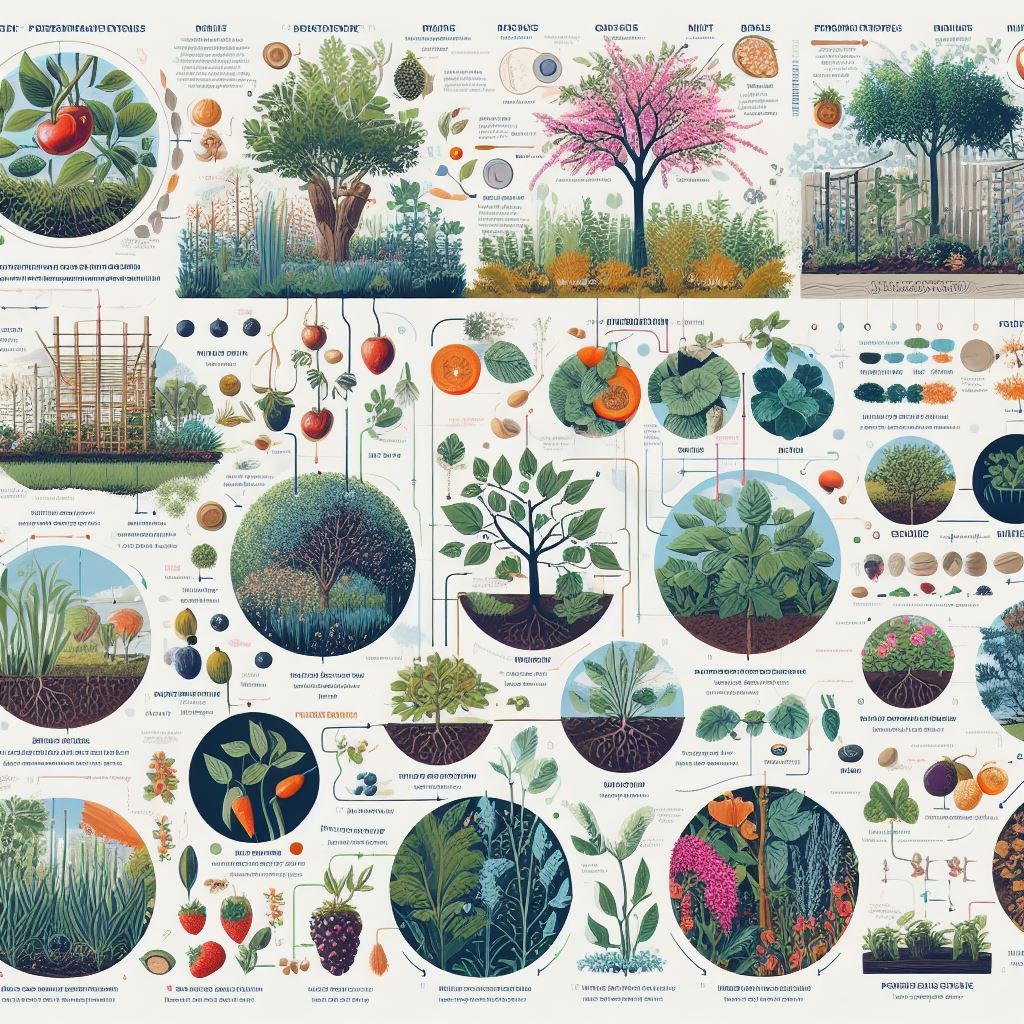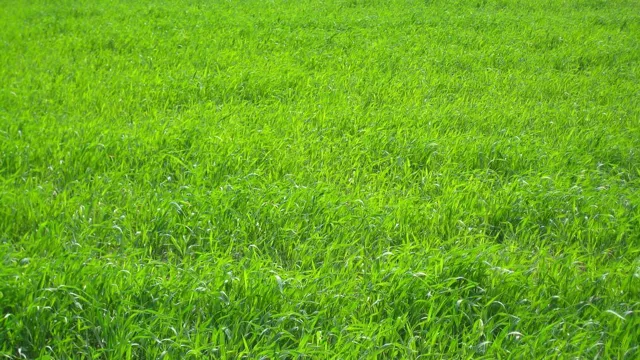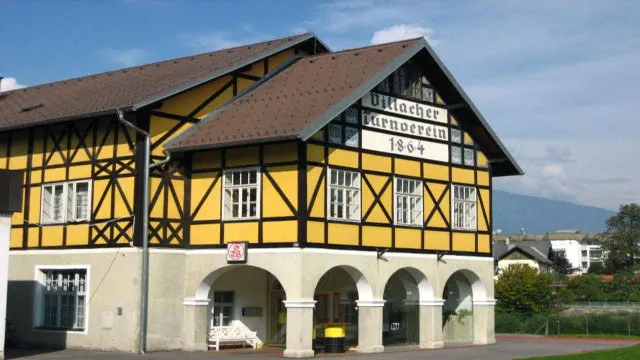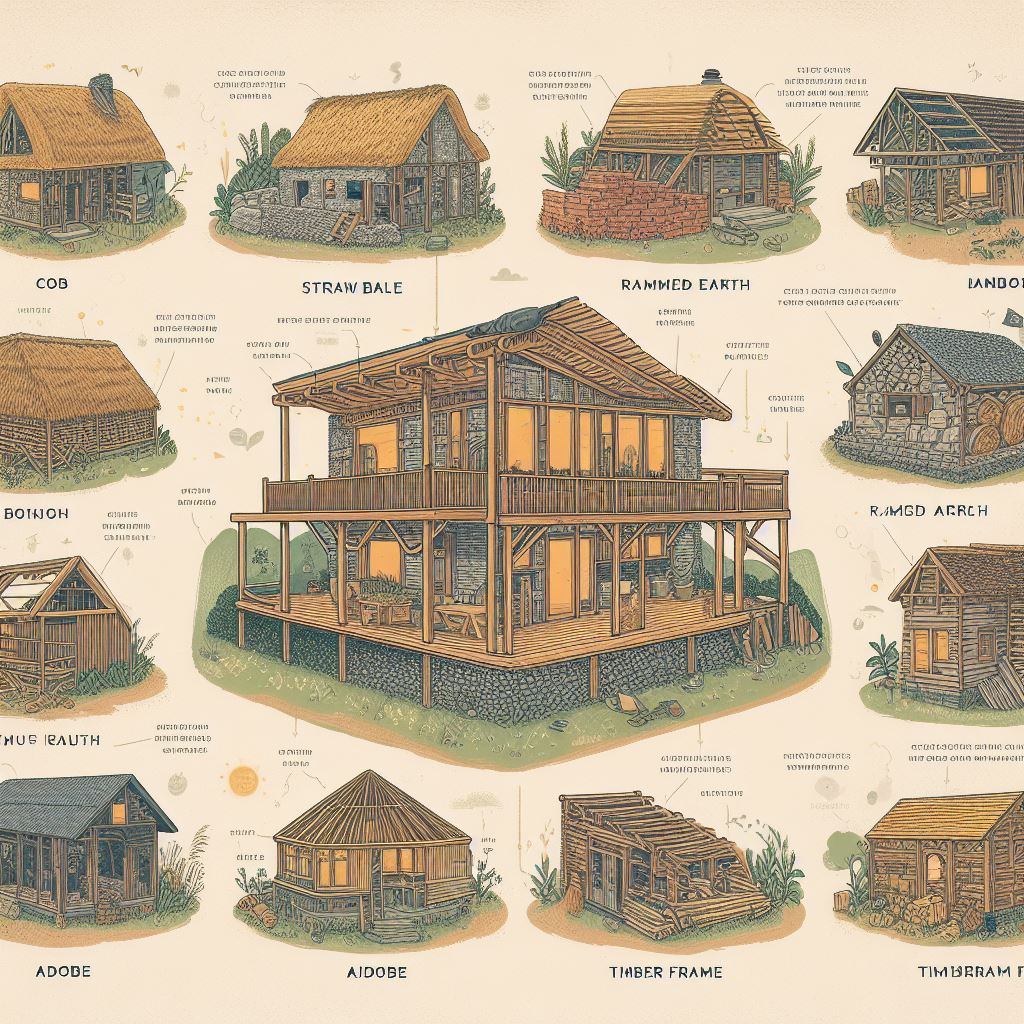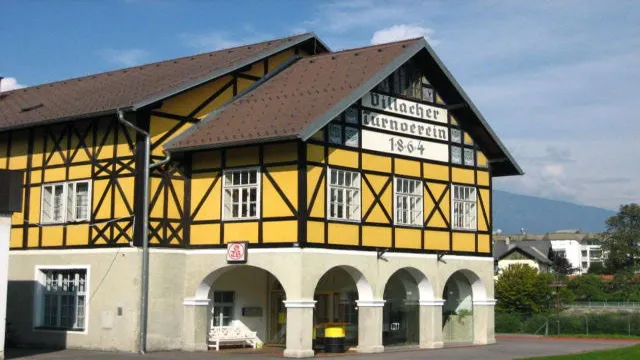Immerse yourself in the captivating world of agronomy from the comfort of your couch. Welcome to the fascinating realm of virtual farm tours – a technological innovation that has revolutionized the way we experience farming and agriculture. Whether you are an avid farmer, an agricultural enthusiast, or a city dweller with a curiosity for rural life, these virtual tours cater to all interests and offer an authentic glimpse into the operations of modern farms.
This blog post will guide you through the top tools for exploring virtual farm tours, showcasing how technology has bridged the gap between urban life and the countryside. Get ready to embark on a digital journey that will transport you directly to the heart of lush fields and bustling barnyards, all without leaving your home.
Table of Contents
Introduction to Virtual Farming
As we delve further into the digital age, the ways in which we interact with our environment and the world around us continue to evolve. One such development that has captured the attention of both tech enthusiasts and farming communities alike is the concept of virtual farming. This innovative technology has the potential to revolutionize the agricultural world, allowing anyone, anywhere, to explore the ins and outs of farming from the comfort of their own home.
Virtual farm tour tools are at the forefront of this innovation. These tools offer a unique experience, providing a digital platform through which users can engage with various farming processes. From planting and harvesting to livestock management, these tools allow users to experience firsthand what it’s like to run a farm without the physical labor involved.
The popularity of virtual farm tours tools is skyrocketing as they offer a unique blend of education and entertainment. They serve as an excellent teaching tool for schools and institutions, offering students a chance to explore farming in a fun and interactive way. Moreover, these tools also provide an opportunity for farming enthusiasts and potential farmers to learn and understand the intricacies of farming before venturing into it physically.
In essence, virtual farm tours tools are an exciting development in the world of agriculture. They offer a glimpse into the future of farming, where physical boundaries are blurred and learning opportunities abound. So, whether you’re a budding farmer, an educator, or just a curious soul, these tools are sure to provide a captivating and insightful experience.
Rise of Virtual Farm Tours
The advent of technology has revolutionized various sectors, including agriculture. Virtual farm tours have emerged as a cutting-edge tool to bridge the gap between consumers and producers, allowing users to explore farming operations from the comfort of their homes. These tours utilize interactive technology to provide a comprehensive view of farming practices, thus encouraging transparency and fostering trust.
Furthermore, they serve as educational platforms, enlightening users about food production processes. So, let’s delve into the world of technology-enhanced agriculture and explore the rise and intricacies of virtual farm tour tools.
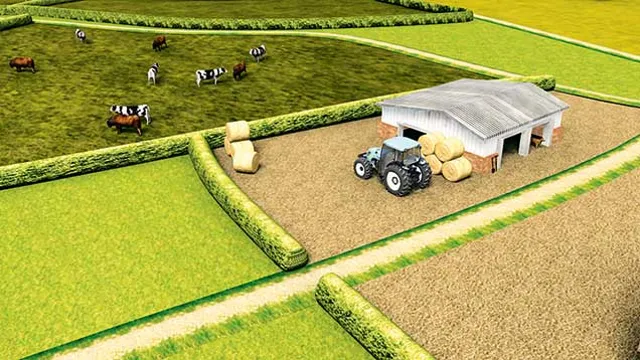
Benefits of Virtual Tours
Virtual farm tour tools are revolutionizing the agricultural sector, offering a plethora of benefits. These cutting-edge tools provide an immersive, interactive experience that transcends geographical boundaries, offering users a unique opportunity to explore remote farms from the comfort of their homes. They facilitate an improved understanding of farming practices, enhance customer engagement, and boost marketing efforts.
Furthermore, these virtual tours contribute to environmental sustainability by reducing the need for physical travel. So, whether you’re an agribusiness looking to showcase your operations or an educational institution teaching agriculture, virtual farm tour tools are an innovative solution to consider.
Top Tools for Virtual Farm Tours
Harnessing Advanced Technology: Top Tools for Virtual Farm Tours In this digital age, the agricultural sector is not left behind in embracing the power of technology. Interestingly, virtual farm tours have become a significant tool for farmers, educators, and agri-preneurs, allowing them to share their expertise and experiences with a global audience. The beauty of these tours is that they eliminate geographical boundaries and time constraints, offering real-time and immersive experiences right from the comfort of home.
So, what are the top tools that make these virtual farm tours possible? First and foremost, there are 360-degree cameras that enable viewers to explore every corner of the farm with just a swipe or click. Drones are also commonly used to give a bird’s eye view of the expansive fields and facilities. High-definition webcams and smartphones are used for live-streaming events or conducting interactive sessions.
Next, we have various software applications and platforms that aid in the creation and hosting of these virtual tours. These include video editing software, virtual tour software like Matterport, and platforms such as Zoom, Google Meet, or Microsoft Teams for live sessions. Additionally, virtual reality (VR) technology is making headway, offering an even more immersive experience.
Social media platforms, including Facebook Live and YouTube, also play a vital role in broadcasting these virtual farm tours to a wider audience. Lastly, don’t forget the importance of a stable internet connection to ensure a smooth and uninterrupted virtual tour experience. In conclusion, these advanced tools have revolutionized the way we explore and learn about farming practices.
Virtual farm tours offer an innovative approach to agricultural education and provide a window into the fascinating world of farming. So, let’s gear up and explore these farms in the virtual realm. After all, who said technology and agriculture can’t go hand in hand?
Feature Comparison of Tools
In the realm of agritech, virtual farm tours are revolutionizing the way we explore and understand agriculture. Various tools are available to facilitate these immersive experiences, each with its unique features and capabilities. This blog section will delve into an insightful comparison of these virtual farm tour tools.
From their interface ease of use to the level of interactivity they offer, we’ll dissect their features to help you choose the best tool that aligns with your needs. Join us on this technological tour of the farm from the comfort of your screens!
Steps to Setup Virtual Tours
Setting up virtual farm tours can seem daunting, but with the right tools, it becomes a breeze. First, choose a reliable virtual tour software that best fits your needs. Next, plan your tour: decide on the route, the key points to highlight, and the narrative.
Then, capture high-quality 360-degree images or videos of your farm and upload them into your chosen software. Customize your tour by adding interactive elements like audio descriptions, text overlays, and hotspot links. Finally, test your virtual tour to ensure it offers a seamless experience for your virtual visitors.
Let’s dive into each of these steps in detail.
Cost Analysis of Each Tool
In this blog section, we delve into the financial aspect of virtual farm tour tools, providing a comprehensive cost analysis. Engaging and interactive virtual farm tours have revolutionized agricultural education and tourism. However, understanding the cost implications of different tools is crucial in making informed decisions.
We’ll dissect the pricing models, evaluating the value offered by each tool to help you balance between quality and budget. Expect a clever mix of facts, figures, and insights as we demystify the costs associated with these innovative tools in the realm of virtual farm tours.
| Tool Name | Description | Key Features | Benefits |
|---|---|---|---|
| 1. Farm Tour Apps | Mobile applications for virtual farm tours | – 360-degree video support | – Accessible from anywhere |
| – Interactive maps and information | – Educational for all ages |
| – Live Q&A sessions with farmers | – Real-time engagement | ||
|---|---|---|---|
| 2. VR Headsets | Virtual Reality headsets for immersive | – 3D farm environments | – Immersive experience |
| farm experiences | – Interactive touch controllers | – Ideal for educational institutions |
| – Multiplayer support for collaborative tours | – Realistic farm simulations | ||
|---|---|---|---|
| 3. Drone Tours | Aerial drone tours for a bird’s-eye view | – HD video and photo capture | – Unique perspective on farms |
| of farms | – Real-time streaming to online platforms | – Visual storytelling tool |
| – GPS-guided flight for precise tours | – Showcasing large-scale operations | ||
|---|---|---|---|
| 4. Virtual Maps | Online maps with farm tour integration | – Customizable tour routes | – Accessible from any device |
| – Multimedia content (photos, videos, text) | – Detailed information on farm elements |
| – User-friendly navigation | – Eco-friendly alternative to physical tours | ||
|---|---|---|---|
| 5. Webinars | Live webinars featuring farm tours | – Expert speakers and guides | – Interaction with industry professionals |
| – Q&A sessions with the audience | – Cost-effective and convenient |
| – Accessible via web browsers and mobile devices | – Wide reach for virtual attendees | ||
|---|---|---|---|
| 6. Augmented | Augmented reality apps for farm tours | – Overlay digital information on physical farm objects | – Enhance on-site educational experiences |
| Reality (AR) Apps | – Interactive learning activities | – Engaging for younger audiences |
| – Compatibility with smartphones and AR glasses | – Blend of digital and real-world elements |
|---|
Using Virtual Tools for Education
In the realm of education, the digital age has unlocked a plethora of innovative tools and resources that are revolutionizing teaching methodologies. Among these pioneering tools, virtual farm tours are making a significant impact, providing students with unique, immersive learning experiences. Virtual farm tours are high-tech tools that transport students from their classrooms to the pastoral landscapes of farms across the globe.
These tools utilize elements of virtual reality and interactive video to simulate real-life farm visits, offering a captivating blend of entertainment and education. Students can explore diverse farming practices and ecosystems, learn about different animals, and understand the complexities of agricultural processes, all from the comfort of their classrooms. These virtual tours are not just visually stimulating; they also stimulate curiosity, critical thinking, and a deeper appreciation for our natural world and the food we consume.
They bridge the gap between urban and rural life, facilitating a comprehensive understanding of agriculture that textbooks alone cannot provide. In essence, virtual farm tours are invaluable tools for educators, enabling them to enrich their curriculum, uniquely engage their students, and instill a lifelong love for learning and exploration.

Virtual Tours in Classrooms
Embracing the digital era, classrooms worldwide are leveraging advanced technology to create an immersive learning environment for students. Among these innovations, virtual farm tour tools have emerged as a compelling educational resource. These tools allow students to explore agricultural landscapes, understand farming practices, and gain firsthand knowledge about food production without leaving their classrooms.
Implementing such interactive virtual tours into the curriculum not only enhances students’ engagement but also broadens their horizons, offering them a global perspective on agriculture. So, let’s delve deep into the realm of virtual farm tour tools and discover how they are revolutionizing classroom learning.
Educational Benefits of Tours
Immersive virtual farm tour tools are revolutionizing education, offering dynamic and interactive learning experiences beyond the confines of a classroom. These cutting-edge tools create a virtual environment that simulates real-world farm scenarios, providing students an opportunity to explore various aspects of farming, from animal husbandry to crop cultivation. They offer a robust learning platform that promotes critical thinking, enhances problem-solving skills, and fosters a deeper understanding of farming practices and sustainability.
Thus, virtual farm tours are not merely an exciting educational diversion; they are potent tools that blend entertainment with education, creating an engaging and enlightening learning experience.
Future of Virtual Farm Tours
Embracing the Digital Harvest: The Future of Virtual Farm Tours Tools In an increasingly digital world, virtual farm tours are blossoming into an exciting frontier for agriculture. This innovation is quickly gaining traction, providing a unique way for farmers to showcase their hard work and for consumers to gain an intimate understanding of where their food comes from, all from the comfort of their homes. The future of these virtual farm tours is promising and is likely to be shaped by emerging technologies.
Advanced virtual farm tour tools are paving the way for more immersive and interactive experiences. We are beginning to see the integration of 360-degree videos, augmented reality (AR), and virtual reality (VR). These tools not only offer a panoramic view of the farm but also enable viewers to interact with the environment in a way that was previously unimaginable.
Moreover, the development of sophisticated drone technology is set to revolutionize virtual farm tours. Drones can capture aerial views of sprawling farmlands, providing a breathtaking perspective that ground-level tours can’t match. This high-flying technology can also zoom in on specific areas of interest, giving viewers a detailed look at livestock, crops, and farm operations.
Artificial intelligence (AI) is another significant game-changer. AI can be utilized to create personalized virtual farm tours, tailoring the experience to each visitor’s interests. This could range from focusing on organic farming practices for health-conscious consumers to highlighting the use of renewable energy on the farm for eco-conscious viewers.
In conclusion, the future of virtual farm tours is bright and brimming with possibilities. As technology continues to evolve, so too will the tools used to create these immersive, enlightening experiences. The digital revolution in agriculture is just beginning, and it’s set to transform the way we connect with the food we consume.
Conclusion
Virtual farm tour tools are the future of agritourism, providing a unique blend of technology and agriculture. They offer an immersive and engaging way to explore and learn about farming practices from the comfort of one’s home. It’s like having your tractor and driving it too! The ability to virtually visit farms around the world opens up a whole new world of educational opportunities, bridging the gap between rural and urban communities.
Frequently Asked Questions [FAQs]
1. What are some popular tools for conducting virtual farm tours?
There are several popular tools for conducting virtual farm tours. Some of them include Zoom for live, interactive tours, Google Earth for a bird’s-eye view tour, YouTube for pre-recorded video tours, and Virtual Reality (VR) platforms for a more immersive experience.
2. How can I utilize virtual farm tour tools to enhance my farm’s visibility?
You can utilize virtual farm tour tools to enhance your farm’s visibility by providing an immersive and interactive experience to your audience. You can host live sessions on platforms like Zoom, where you can answer questions in real time. Or, you can use VR platforms to provide a 360-degree view of your farm. Regularly updating your tours and promoting them on social media can also increase your farm’s visibility.
3. Are there any specific requirements for using virtual farm tour tools?
The requirements for using virtual farm tour tools usually depend on the specific tool. Generally, you will need a stable internet connection and a device that supports the tool, such as a smartphone, tablet, or computer. For more advanced tools like VR, you may need additional equipment like VR headsets.
4. Can virtual farm tour tools be used for educational purposes?
Absolutely, virtual farm tour tools can be a great educational resource. They can allow students to explore farms and understand farming processes without leaving their classrooms. Teachers can use these tools to supplement their lessons on agriculture, environment, and food production.
5. Is there a cost associated with using virtual farm tour tools?
The cost of using virtual farm tour tools can vary based on the specific tool and its features. Some tools like Zoom and YouTube offer basic services for free but may have premium features available for a fee. More advanced tools like VR platforms may come with a higher cost. It’s best to research and compare different tools to determine which fits your budget and needs.

